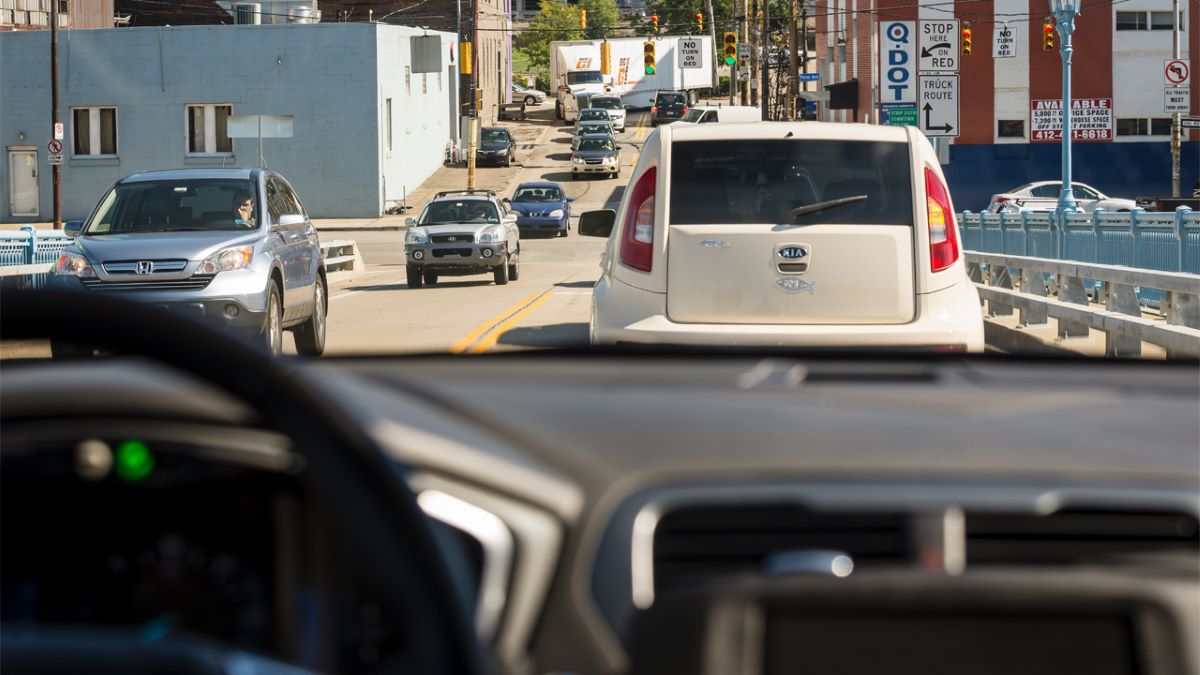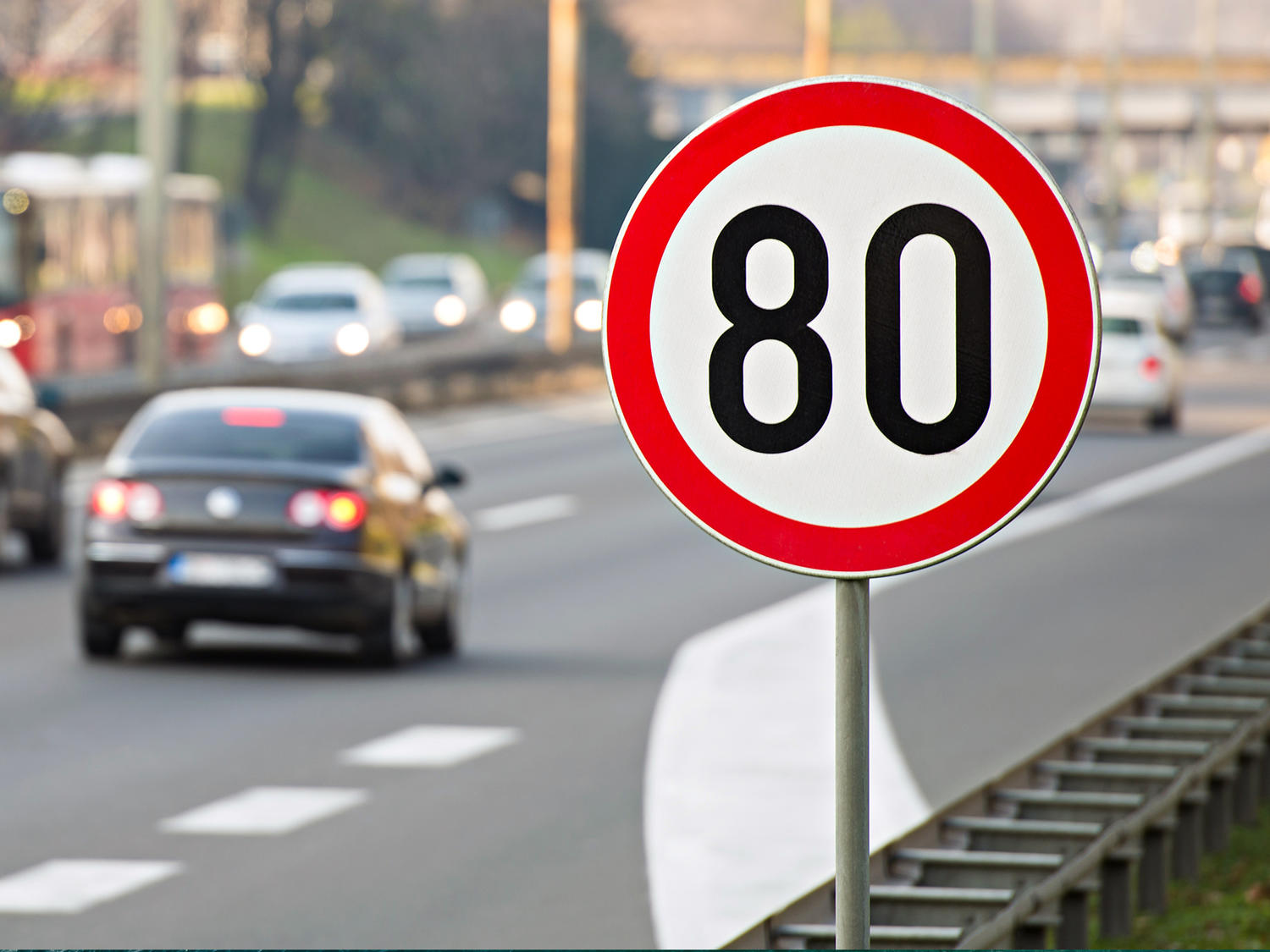Speeding is a factor in more than 12,000 car-related deaths in the U.S. each year, accounting for nearly a third of the national total.
However, emerging technology has the potential to significantly reduce this toll or even eliminate it altogether.
The auto industry has largely neglected the issue of speeding and may even be exacerbating it.
Despite the fact that the highest speed limit in the U.S. is 85 mph (found on Texas State Highway 130), modern vehicles can easily surpass that.
Many speedometers go up to 155 mph, and even safety-conscious Volvo allows its cars to reach 112 mph. For those behind the wheel of a Tesla Model S Plaid, speeds can exceed 200 mph.
While a driver may occasionally need to exceed the posted limit to safely pass a semi-truck on the highway, there are virtually no scenarios in which reaching 100 mph on a public road is anything but reckless.
Pedestrians, in particular, are at grave risk. A 2011 study by the American Automobile Association found that a pedestrian has a 10 percent chance of dying if hit by a car traveling at 23 mph.
That risk jumps to 50 percent at 42 mph and a staggering 75 percent at 50 mph.Car occupants benefit from the protective structure of their vehicles, but they are far from invulnerable.
Many of the deadliest crashes involve extreme speeds. One such incident occurred in January when a driver accelerated to 124 mph in a 45 mph zone on a North Carolina highway, lost control, and flipped the car killing a University of North Carolina undergraduate.
In another tragic event in 2022, a woman sped through a Los Angeles intersection at 130 mph nearly quadruple the 35-mph speed limit crashing into multiple vehicles and killing five people, including a pregnant woman and her 11-month-old son.
On a broader scale, Americans face significantly higher odds of dying in traffic collisions than residents of other wealthy nations.
Even in Canada despite its vast road networks and high car usage the per capita crash death rate is 60 percent lower than in the U.S.
Fortunately, a practical solution exists. A technology called Intelligent Speed Assistance (ISA) can prevent or limit excessive speeding.
Also Read: Top Spark Plugs and Tools for Optimal Engine Performance and Long-Term Reliability
In recent months, a growing number of federal, state, and local officials have advocated for ISA implementation either in all new vehicles or, at the very least, in those driven by public employees or individuals with a history of reckless driving.
Efforts to limit car speeds are not new. More than a century ago, Cincinnati proposed mechanically capping all cars within city limits at 25 mph.
However, the measure was voted down, and the idea of restricting vehicle speeds largely disappeared from public discourse.
Now, ISA is bringing the concept back into the spotlight. Initially developed in France four decades ago, modern ISA systems fall into two categories. Both use GPS and digital maps to determine the speed limit of the road a vehicle is on.
“Active” ISA systems prevent the car from accelerating beyond a set limit, typically five mph over the posted speed.
“Passive” ISA, on the other hand, uses sounds, vibrations, or accelerator resistance to prompt the driver to slow down though they can choose to ignore these warnings.
Both types of ISA present a rare opportunity: a straightforward technological solution to a major road safety issue.
In 2022, the European Union passed a rule mandating that all new cars be equipped with passive ISA starting in July 2024. This marked a major step forward for ISA adoption and caught the attention of policymakers in the U.S.

(Photo: Getty Images)
Later that year, New York City Mayor Eric Adams launched a pioneering pilot program, retrofitting ISA into dozens of city-owned vehicles.
Early results were promising, showing a 36 percent drop in hard braking an indicator of unsafe driving.
Adams has expressed interest in expanding the program across thousands of city-owned vehicles, which could have an even greater impact, as ISA-equipped cars force surrounding drivers to adhere to speed limits.
The next major development came in October 2023, when the National Transportation Safety Board (NTSB) concluded its investigation into a deadly 2022 crash in North Las Vegas.
The driver, speeding at 103 mph in a 35-mph zone, ran a red light and struck a minivan, killing himself and eight others.
In response, the NTSB officially recommended that the National Highway Traffic Safety Administration (NHTSA) require ISA in all new U.S. vehicles.
Though the NTSB cannot enforce its recommendations, its stance influenced California State Senator Scott Wiener, who introduced a bill in January 2024 to mandate ISA in all new cars sold in the state by 2027.
The bill proposes an active ISA system set to 10 mph over the speed limit, with an override option available in emergencies. Wiener hopes that even if his bill does not pass, it will inspire other lawmakers to push for ISA regulations.
Shortly after, the District of Columbia City Council unanimously passed a street safety bill introducing a pilot program to install ISA in vehicles belonging to drivers with histories of “serious speeding crimes,” according to Council member Charles Allen.
Such measures could prevent repeat offenders from endangering others. (For instance, the driver responsible for the 2022 North Las Vegas crash had three prior speeding convictions.)
Despite the mounting evidence in favor of ISA, NHTSA has yet to take action at the federal level. It has only stated that it is “initiating new research this year” into the technology, without providing specifics.
Why the hesitation, even as U.S. traffic deaths have risen 27 percent over the past decade?
ISA faces strong opposition from automakers, who frequently promote their cars’ high speeds in advertisements (often with fine print disclaimers stating that scenes were filmed by professionals on closed courses).
The Alliance for Automotive Innovation, an industry lobbying group, responded to California’s ISA proposal by questioning the reliability of the technology.
Some car owners may also resist the idea, fearing that ISA could prevent them from reaching a hospital in an emergency.
However, such situations are rare, and an untrained driver speeding past limits in a moment of panic creates additional dangers.
Also Read: Why U.S. Automakers Continue to Push Oversized Vehicles Despite Safety Risks
Every ISA proposal to date has included exemptions for emergency vehicles while still allowing regular drivers to exceed speed limits by a small margin.
Additionally, ISA will likely face ideological opposition from those who see it as an infringement on personal freedom, despite the fact that speeding is already illegal.
“Forget your constitutional rights, those can be damned, even your movement controlled,” ranted Fox News host Laura Ingraham in November 2023 after the NTSB endorsed ISA. (Notably, seat belt laws faced similar resistance when they were first introduced.)
Yet, ISA supporters have logic on their side. It makes little sense that e-scooters, which weigh just a few dozen pounds, are limited to 15 mph, while multi-ton vehicles capable of exceeding 100 mph remain unrestricted.
This discrepancy is particularly glaring amid the ongoing U.S. road safety crisis, which has seen pedestrian deaths reach a 40-year high.
With each new ISA-related bill and pilot program, the conversation is shifting, making a nationwide mandate more conceivable. For the safety of everyone—whether they drive, bike, walk, or use public transportation the adoption of ISA can’t come soon enough.

